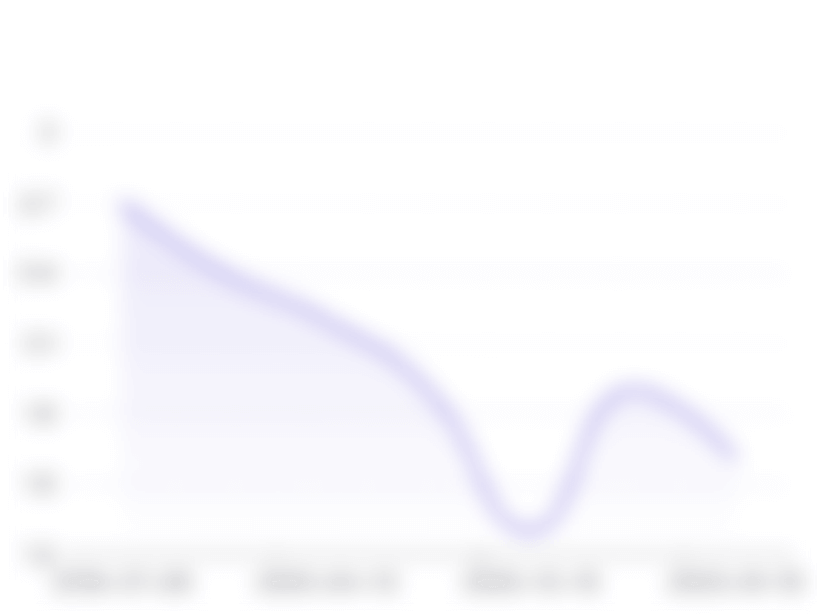




Bringing the wonders of the universe and Earth to the palm of your hands.
Use #yourESA for collaboration.
🌍 @ESA_Earth
24.8% of @europeanspaceagency's followers are female and 75.2% are male. Average engagement rate on the posts is around 0.58%. The average number of likes per post is 15,980 and the average number of comments is 51.
@europeanspaceagency loves posting aboutObrazovanje,
Politika,
Osnivač.

2,767,418
Pratioci

0.58%
Stopa angažovanosti

16,031
Angažovanost po objavi
15,980
Prosečan broj lajkova po objavi
51
Prosečan broj komentara po objavi

19,637
Globalno rangiranje

3,547
Rangiranje po zemljama

42
Rangiranje po kategorijama
Trendovi rasta broja pratilaca i objava
Trendovi rasta stope angažovanosti
Stopa angažovanosti
Lajkovi i komentari
Značajni uticajni profili
Publika - Brand privlačnost
Nedavne objave
* Autorska prava: Kreatori sadržaja su podrazumevani vlasnici autorskih prava. Ove informacije, uključujući slike, tekstove, video snimke, objave i profile, objavljeni su na javnim domenima i odgovarajućim društvenim mrežama radi javnog pregleda.
FAQ: Statistik dan Wawasan Instagram untuk @europeanspaceagency
Bagaimana saya bisa mengakses statistik dan analitik Instagram untuk @europeanspaceagency?
StarNgage menawarkan laporan analitik komprehensif yang menyediakan metrik dan wawasan kunci untuk memberi Anda pemahaman lengkap tentang @europeanspaceagency. Anda dapat menjelajahi berbagai aspek, termasuk statistik pengikut Instagram, seperti tren pertumbuhan pengikut dan posting, Tingkat Keterlibatan, dan tren pertumbuhannya. Selain itu, Anda dapat mengakses informasi tentang rata-rata jumlah suka dan komentar per posting, wawasan tentang demografi pengikut atau audiens Anda, data afinitas merek, penyebutan hashtag terkait, akun serupa, dan posting terbaru.
Berapa jumlah pengikut saat ini untuk @europeanspaceagency di Instagram?
Per tanggal pembaruan terakhir, @europeanspaceagency telah mengumpulkan keikutsertaan penuh dari 2,767,418 pengikut di Instagram.
Wawasan dan analitik apa yang termasuk dalam laporan lengkap untuk @europeanspaceagency di Instagram?
Laporan analitik Instagram lengkap kami menyediakan gambaran menyeluruh tentang @europeanspaceagency di Instagram. Laporan ini mencakup informasi terperinci tentang pertumbuhan pengikut dari waktu ke waktu, metrik keterlibatan, dan frekuensi posting, baik dalam basis mingguan maupun bulanan. Untuk mengakses laporan mendalam ini, silakan mendaftar dan membuat akun StarNgage baru atau masuk ke akun Anda yang sudah ada.
Dapatkah saya melacak bagaimana tingkat keterlibatan @europeanspaceagency telah berkembang di Instagram?
Ya, alat analitik StarNgage memungkinkan Anda melacak bagaimana tingkat keterlibatan @europeanspaceagency telah berkembang dari waktu ke waktu di Instagram. Data ini membantu Anda menilai keefektifan strategi keterlibatan @europeanspaceagency.
Bagaimana cara memahami demografi audiens @europeanspaceagency di Instagram?
Memahami demografi audiens @europeanspaceagency di Instagram dapat sangat berharga. Ini memungkinkan Anda untuk menyesuaikan isi dan strategi pemasaran influencer Anda agar lebih resonansi dengan pengikut @europeanspaceagency, karena Anda akan memiliki informasi tentang usia, gender, lokasi, dan minat mereka.
Bagaimana cara memanfaatkan data afinitas merek untuk meningkatkan strategi pemasaran saya di Instagram dengan @europeanspaceagency?
Data afinitas merek adalah alat yang powerful untuk memahami merek atau produk mana yang paling diminati oleh audiens Anda. Informasi ini dapat membimbing kolaborasi konten dan kemitraan Anda di Instagram, meningkatkan keterlibatan dengan audiens target Anda.























